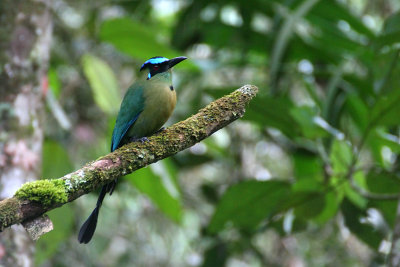





 |
 |
 |
 |
 |
 |
| Markus Lagerqvist | profile | all galleries >> Birds of the World >> Non Passerines >> Motmots | tree view | thumbnails | slideshow |
 Broad-billed Motmot (Electron platyrhynchum) |
 Andean Motmot (Momotus aequatorialis) |
 Tody Motmot (Hylomanes momotula) |
 Tody Motmot (Hylomanes momotula) |
| comment | share |